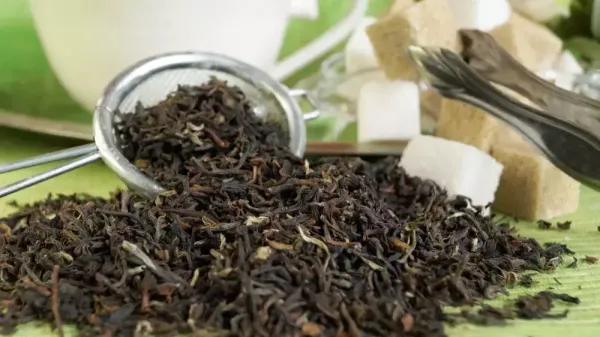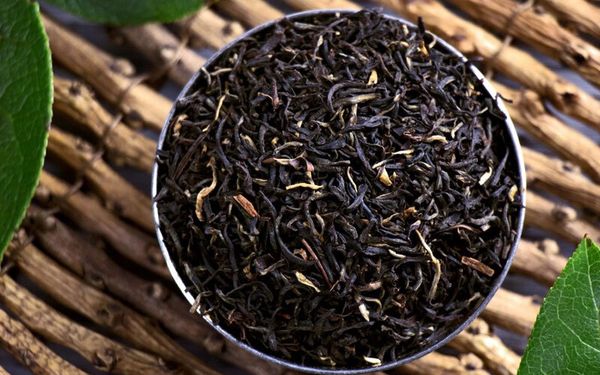Interesting and useful about our favorite tea
Interesting and useful about our favorite tea
India is the second largest producer and supplier of tea in the world. It accounts for more than a third of the black tea produced in the world. About 840 thousand tons of tea leaf are collected annually. The most extensive tea plantations are in the northeast of the country, in the state of Assam. And especially fragrant and thin tea varieties grow on the steep slopes of the Himalayas. The most famous of them is Darjeeling, which is grown in the suburb of the same name in northern India.
Puer is obtained in the process of complex fermentation of raw materials that are cultivated in Yunnan province, on the border with Myanmar, Laos and Vietnam.
The taste characteristics of the drink are influenced by many factors: the place of growth, the type of shrub, the leaves used for puer, the peculiarity of the soil, climatic conditions and even the amount of precipitation during the year.
Therefore, there is no limit to the versatility of Pu'er!
Due to the peculiarities of tea leaf processing, a variety of types of tea are created. Black large-leaf tea is a scattering of dark brown or black. When brewing, the drink acquires a rich infusion of orange or dark red color.
Tea (Camelia Sinensis) & ndash; perennial evergreen shrub with a taproot system. The leaves are alternate, short-leaved, leathery, shiny, oblong-elliptic, sharp-toothed along the edge, up to 7 cm long and up to 4 cm wide, dark green above, light green below.
& laquo; Oolong & raquo; & mdash; this is the European version of the Chinese word & laquo; ulun & raquo;, which means & laquo; Black dragon & raquo;. Oolongs (oolongs) occupy an intermediate place between unfermented green teas and fully fermented black teas. The fermentation rate of classical oolong is 40-50%.
During the collection of white tea, special attention is paid to leaf selection. Usually for white tea they collect only sa & shy; my young semi-decayed leaves of the first harvest, half-covered with short white hairs of an open tea kidney (& laquo; buy xoa & raquo; & mdash; & laquo; white cilia & raquo;). For elite white teas, either only one apical leaf (more precisely, tipsa) is collected; or tipsa plus another leaf following it.
The main task in the production of green tea is to preserve the medicinal natural biologically active substances of fresh leaves in such a way that they can be released into a cup of tea during brewing. Just this goal is served by the entire technological chain of making green tea.
Tea has a complex positive effect on the body, heals it, and does it gently and gradually. Tea & ndash; not a drug in our usual sense. This is more of a prophylactic.





